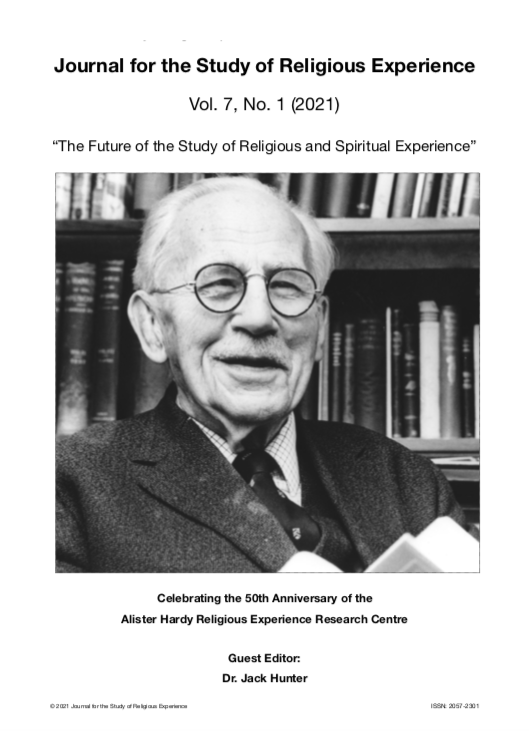“He can cane me to orgasm, or he can cane me to hysterical tears”: The Co-Construction of BDSM Experience
Abstract
The potential of BDSM (Bondage, Domination, Sadism and Masochism) activity to create powerful, transformative or profound experiences is well known within BDSM communities. Academic discourse has also recognised that experiences of transcendence can be created by BDSM, but these have usually been presented within an essentialised framework that draws primarily on Christian mysticism to identify elements which are then presented as the core of all religious experience. This supports a common understanding of such experiences as wholly private and subjective internal states, separate from matters pertaining to the body of the experiencer or their inherent bodily relationality. It also creates an additional limitation to understanding BDSM experience, because it supports the assumption that such mystical-type experiences are only available to people taking the bottom/submissive role in a BDSM scene. By contrast my research suggests that transcendence is only one of a range of possible peaks of experience. The qualities that have been used by scholars to identify (and categorise as ‘spiritual’) exceptional BDSM experiences are actually common in any successful play and are shared by all players. Such successful play involves the forging and expression of relationship, intimacy and connection between play partners as they co-create a shared as-if reality and become immersed, together, within it. A successful BDSM scene is therefore a complementary and relational experience. This paper will explore those processes of co-creation, examining BDSM as a deliberate process of creating profound experiences that explore the boundaries of fantasy and reality in ways which are necessarily co-constructed and shared.
Downloads
Published
Issue
Section
License
The Journal for the Study of Religious Experience is a peer-reviewed, open-access journal. All journal content, except where otherwise noted, is licensed under https://creativecommons.org/licenses/by-nc-nd/4.0/.
The copyright for articles published in this journal is retained by the authors and the Journal for the Study of Religious Experience.
Authors would need to request the reuse of the article in case they want to publish it elsewhere and they should acknowledge the initial publication in JSRE.
Authors are permitted and encouraged to post online (e.g., in institutional repositories or on their website) a link to the Journal's website where the article may be downloaded for free.
Authors are responsible for ensuring copyright clearance for any images, tables, etc. which are supplied from an outside source.


